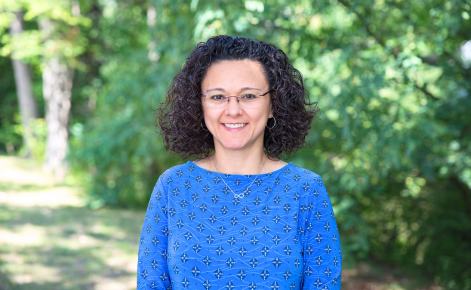The number of Hispanic Serving Institutions (HSIs) – U.S. colleges and universities that have at least 25% Hispanic undergraduate full-time enrollment – is growing at an unprecedented rate. From 1995 to 2021, the number of HSIs increased nearly 200%.

However, according to research published by the Journal of Hispanic Higher Education from Associate Professor Patricia Marin and alum Stephanie Aguilar-Smith, the peer-reviewed HSI scholarship has not kept pace with the evolution of these institutions, which has damaging ripple effects. When existing higher education research does not reflect the current reality, decisions made by policymakers and stakeholders of an institution can be misinformed.
The geographic spread of HSIs is one major shift over the years. “The number of HSIs has increased significantly over time and the location of where we find HSIs has expanded greatly,” said Marin, who noted that the bulk of existing research focuses on Latinx students in the West and Southwest United States, neglecting the increase of HSIs in other regions.
The types of institutions meeting HSI eligibility have also shifted. “While originally, these were primarily community colleges, we’re now seeing 4-year research institutions designated as HSIs,” she said.
Their analysis of 120 scholarly articles that span over two decades found that despite a significant increase in research articles examining HSIs in recent years, nearly 40% were published by only three journals. Celebrated higher education-focused journals such as Research in Higher Education, Journal of Higher Education, and Review of Higher Education published only seven HSI articles in 21 years – which the researchers described as a disappointing number.
The lack of attention on HSI research from top-tier higher education journals places pressure on researchers seeking promotion and tenure to publish elsewhere according to Marin, who serves as program coordinator for the Student Affairs Administration Master’s Degree Program at the college.
“This has significant implications for people who do this work. As they are under annual review and tenure review, there’s an expectation that your work appears in particular journals, and we know that HSI work doesn’t typically appear in those journals,” Marin said.
Looking ahead, Marin and Aguiar-Smith are expanding on their recently published article.




